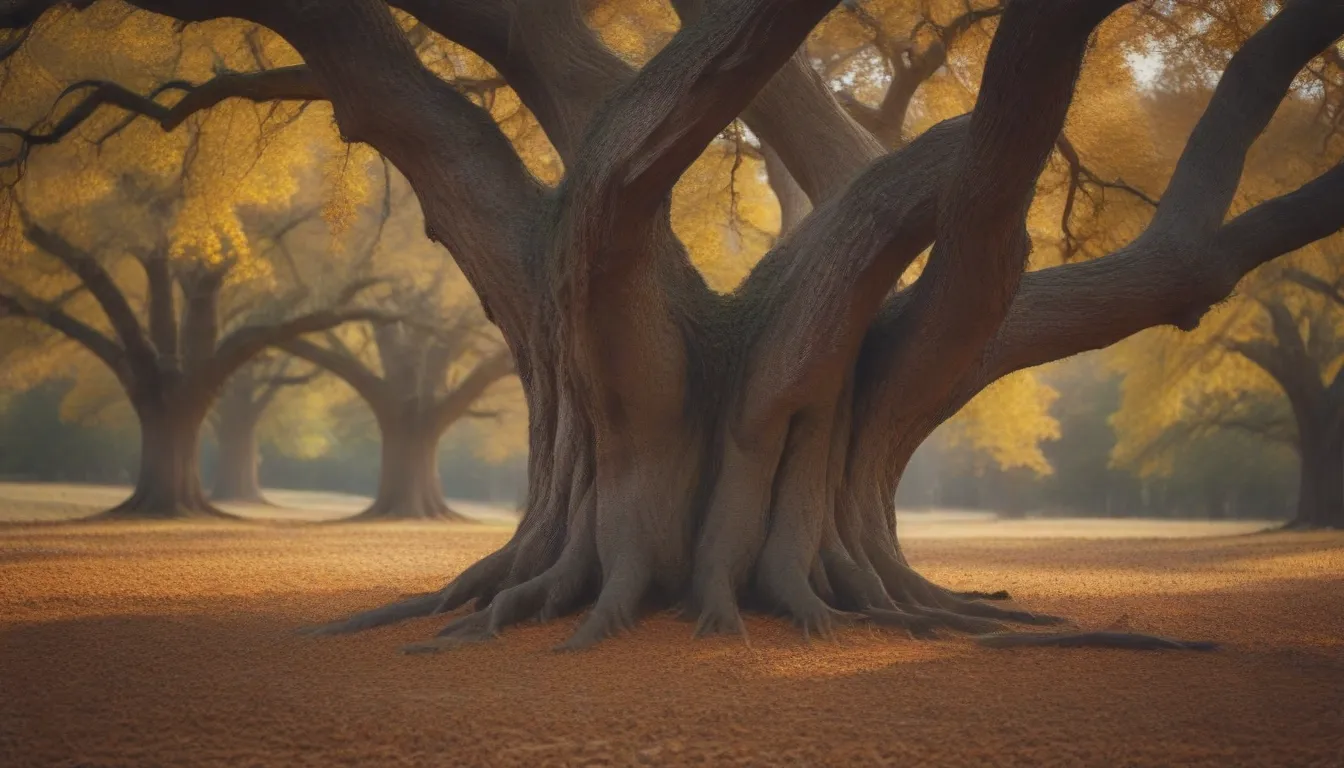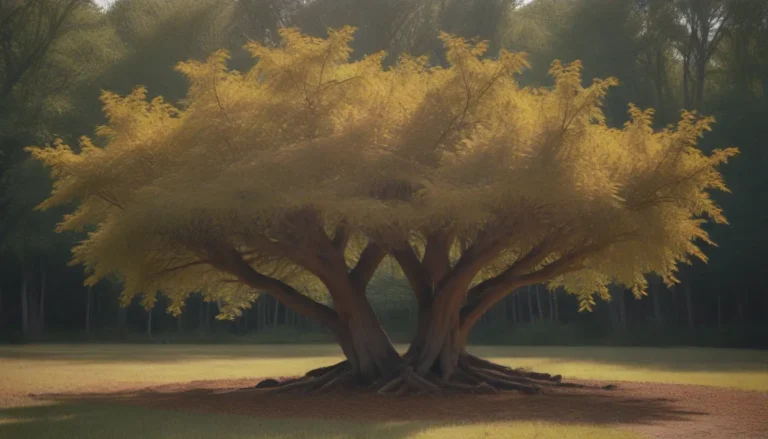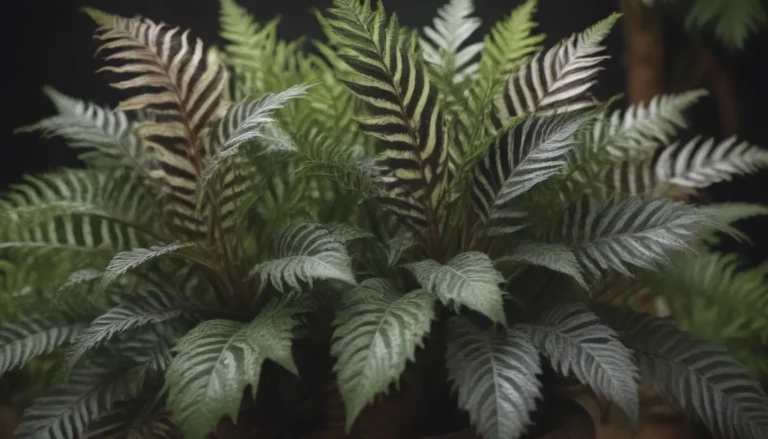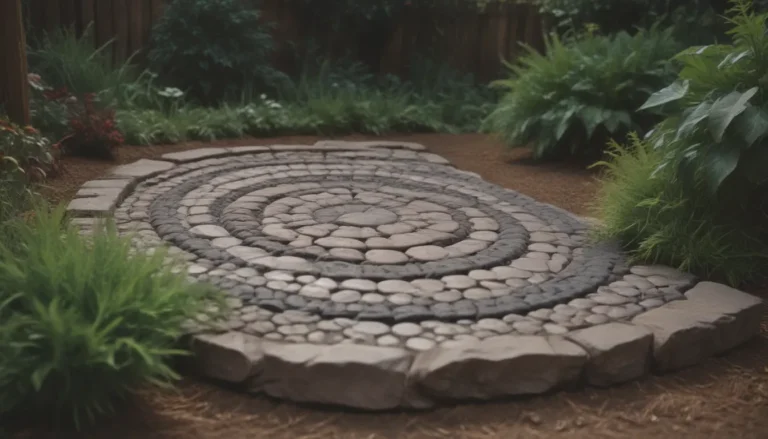Explore the Beauty of Oak Trees in the Fall

As the fall season approaches, many of us eagerly anticipate the vibrant colors of autumn foliage. While maple trees are often the stars of the show, don’t overlook the beauty of oak trees in the fall. Though they may not display their colorful hues as early as other trees, oak trees provide a stunning display of fall colors as the season progresses from late autumn to winter. In addition to their autumnal beauty, oak trees offer a range of benefits, including providing shade in the summer months and supporting local wildlife and pollinators.
In this comprehensive guide, we will explore eight types of oak trees renowned for their fall foliage. From the iconic White Oak to the majestic Live Oak, each variety offers its unique charm and characteristics. Discover the perfect oak tree to plant in your landscape and enjoy a breathtaking display of fall colors.
Understanding Oak Trees
Before we delve into the specific types of oak trees, it’s essential to understand the basics of these magnificent trees. Most oak trees have an average mature height ranging from 40 to 80 feet and can live between 100 to 300 years. Oak trees are known for their sturdy, durable wood and have been revered for their beauty and strength for centuries.
Benefits of Oak Trees:
- Provide stunning autumnal landscaping
- Offer shade during the summer months
- Support pollinators and local wildlife
Now, let’s explore eight varieties of oak trees known for their spectacular fall foliage:
1. Pin Oak (Quercus palustris)
- USDA Zones: 4 to 8
- Mature Size: Up to 70 feet tall
- Light: Full sun
- Water: Tolerant of wet soil
- Soil Type: Acidic soil pH
Pin oak trees are distinguished by their deep red fall foliage, creating a striking contrast in the autumn landscape. With their unique five-lobed leaves and glossy green color during the growing season, pin oaks thrive in sunny locations with average soil conditions. These trees are known for their resilience and can tolerate wet soil, making them a versatile choice for your landscape.
2. White Oak (Quercus alba)
- USDA Zones: Varies
- Mature Size: Up to 80 feet tall
- Light: Full sun
- Water: Drought-tolerant
- Soil Type: Acidic soil pH
With its light-colored bark and reddish-brown fall foliage, the White Oak offers a stunning display of autumn colors. These slow-growing trees prefer sunny locations with well-drained soil and are known for their exceptional shade. White oaks are resilient and long-lived, making them a valuable addition to any landscape.
3. Northern Red Oak (Quercus rubra)
- USDA Zones: 4 to 8
- Mature Size: Up to 75 feet tall
- Light: Full sun
- Water: Moderate
- Soil Type: Well-drained
Northern red oak trees are known for their dark red fall foliage, adding a touch of elegance to the autumn landscape. These fast-growing trees thrive in sunny locations with well-drained soil and are relatively low-maintenance. With their medium green leaves and pointed lobes, northern red oaks make a charming addition to any garden.
4. Sawtooth Oak (Quercus acutissima)
- USDA Zones: 6 to 9
- Mature Size: Up to 60 feet tall
- Light: Full sun
- Water: Drought-tolerant
- Soil Type: Well-draining
Sawtooth oak trees boast golden-brown fall foliage, adding warmth to the autumn landscape. These fast-growing trees are ideal for those seeking a shade tree that quickly provides cooling shadows in the yard. With their glossy green leaves and tolerance for drought and heat, sawtooth oaks are a versatile and resilient choice for any landscape.
5. Bur Oak (Quercus macrocarpa)
- USDA Zones: 3 to 8
- Mature Size: Up to 80 feet tall
- Light: Full sun to partial shade
- Water: Moderate
- Soil Type: Well-draining loam
Bur oak trees feature golden to yellow-brown fall foliage, creating a warm and inviting atmosphere in the autumn landscape. With their rounded lobes and dark green leaves, bur oaks are slow-growing and low-maintenance shade trees. These versatile trees can tolerate a variety of soil conditions, making them an excellent choice for a range of landscapes.
6. Live Oak (Quercus virginiana)
- USDA Zones: 8 to 10
- Mature Size: Varies
- Light: Full sun
- Water: Moderate
- Soil Type: Well-draining
Live oak trees are known for their evergreen foliage and sprawling branches, creating a dramatic presence in the landscape. Found along the coastlines of the Gulf of Mexico and the Atlantic, these majestic trees require ample space to thrive. With their iconic appearance and unique characteristics, live oaks add a touch of elegance to any landscape.
7. Black Oak (Quercus velutina)
- USDA Zones: 3 to 9
- Mature Size: 50 to 60 feet tall
- Light: Full sun
- Water: Moderate
- Soil Type: Well-draining
Black oak trees are renowned for their almost black bark and solitary growth habit, making them an ideal specimen tree. With their distinctive appearance and resilience, black oaks add character to any landscape. These deciduous trees thrive in sunny locations and are best planted as standalone trees to allow them to flourish.
8. Scarlet Oak (Quercus coccinea)
- USDA Zones: 4 to 9
- Mature Size: 50 to 70 feet tall
- Light: Full sun
- Water: Moderate
- Soil Type: Dry, acidic sandy soil
Scarlet oak trees are admired for their stunning fall foliage and rapid growth rate. Thriving in full sun and well-drained soil, these trees add a burst of color to the autumn landscape. With their vibrant red leaves and distinctive appearance, scarlet oaks are a popular choice for gardens across the United States.
Additional Information:
- Some oak trees, such as pin oaks, do not lose their leaves in the winter due to a phenomenon known as marcescence.
- The lifespan of an oak tree can vary depending on the species, with an average range of 100 to 300 years.
In conclusion, oak trees are a versatile and beautiful addition to any landscape, particularly in the fall when they display their magnificent colors. Whether you choose a White Oak for its exceptional shade or a Scarlet Oak for its vibrant red foliage, each variety offers its unique beauty and benefits. Explore the world of oak trees and transform your landscape into a breathtaking autumn paradise. Happy planting!





